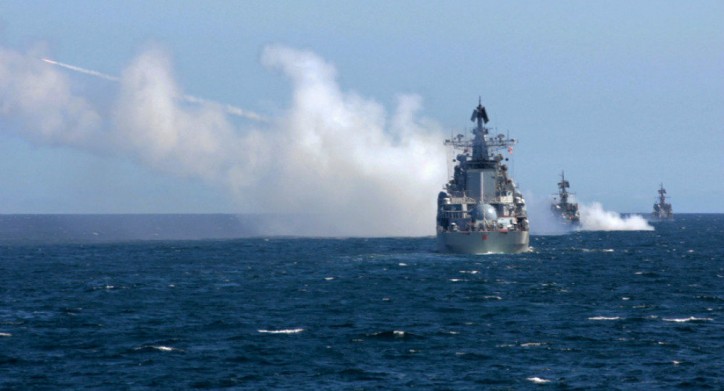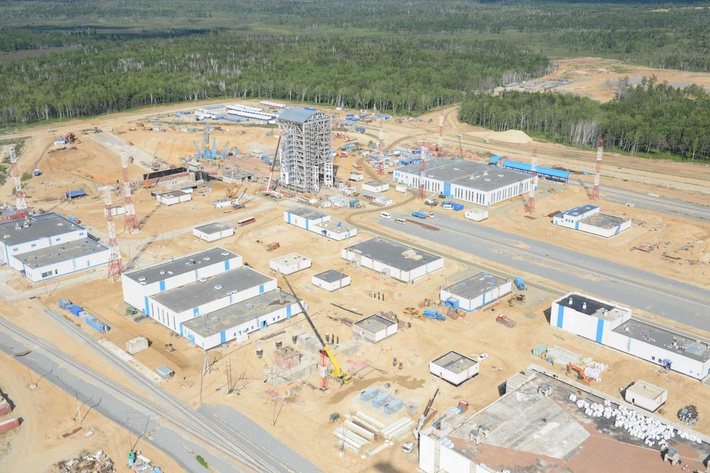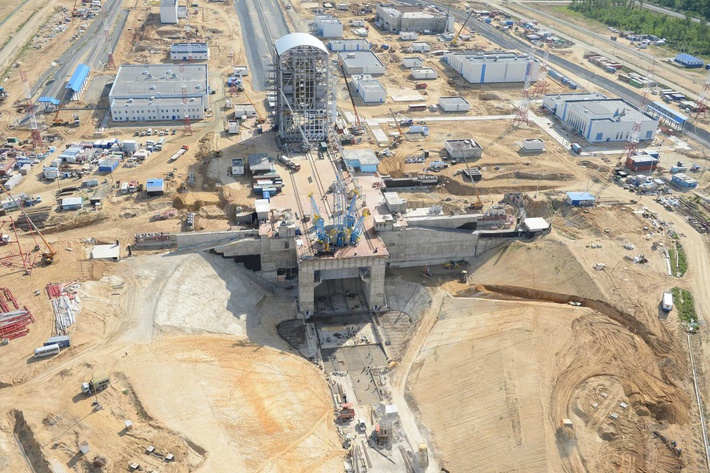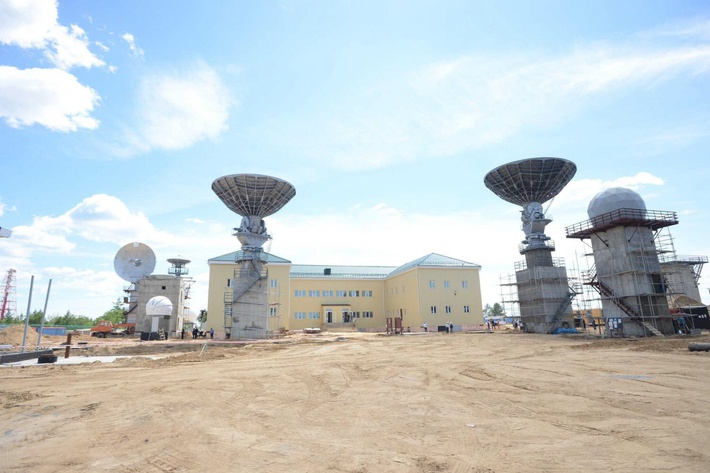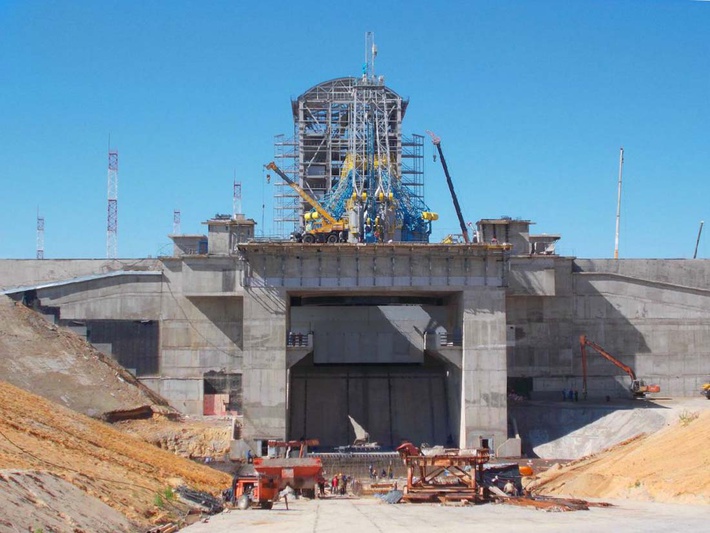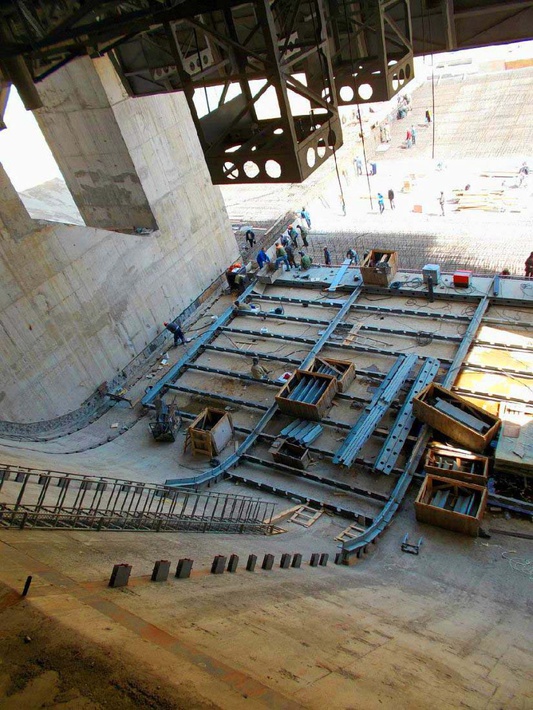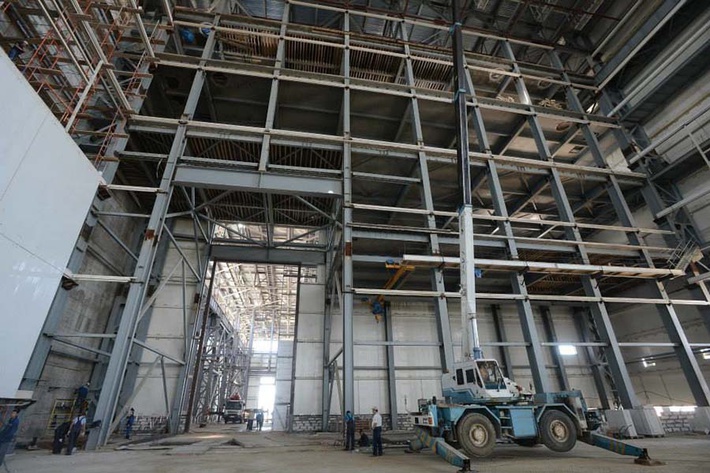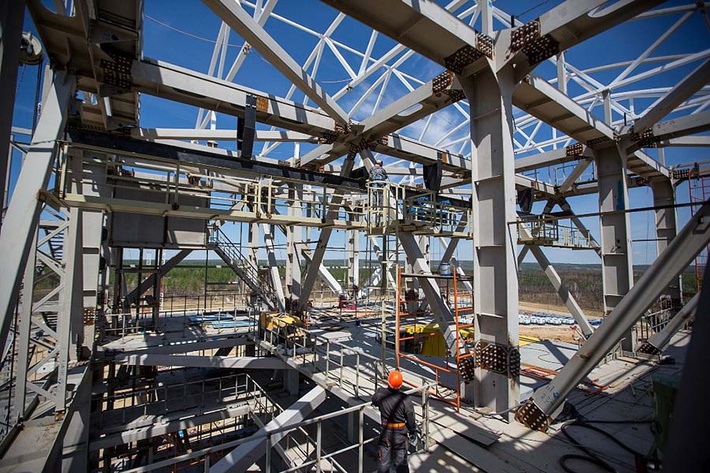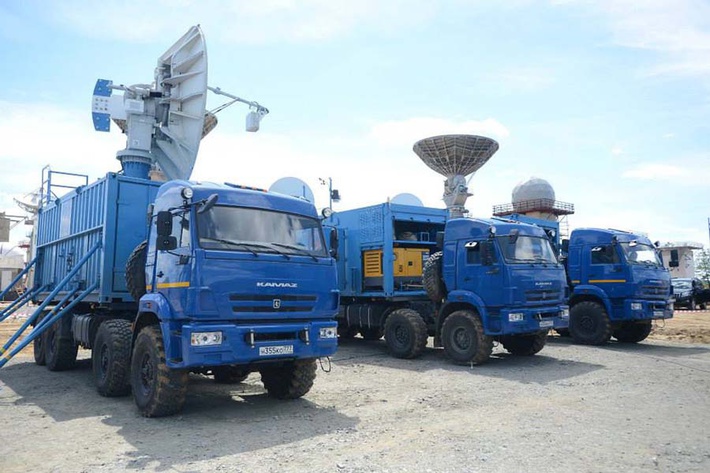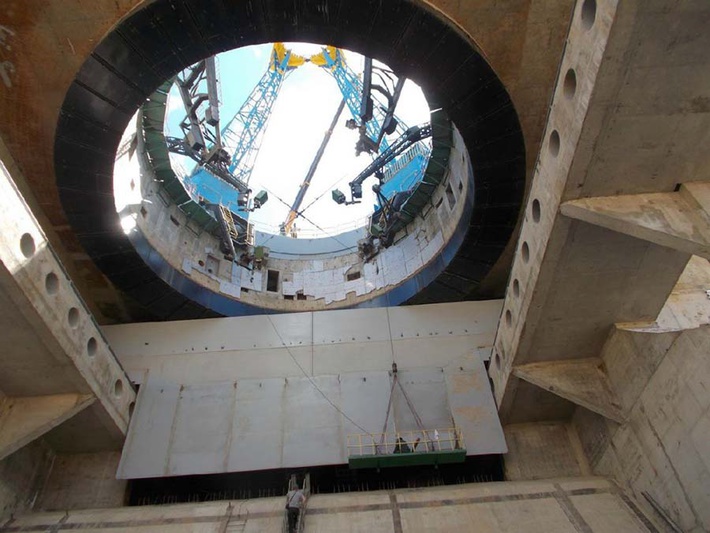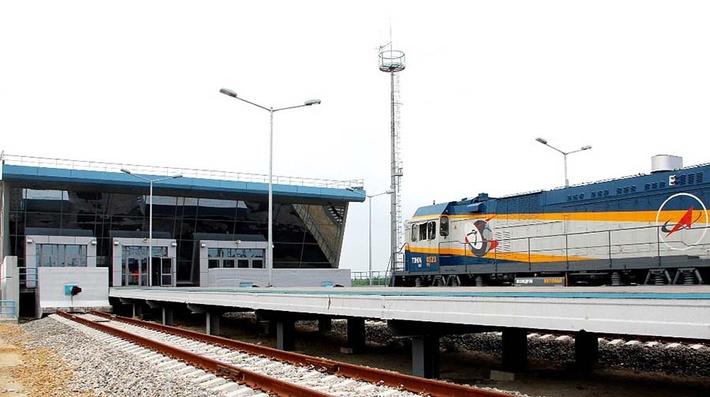vostok
PDF THINK TANK: ANALYST

- Joined
- Jun 23, 2013
- Messages
- 10,291
- Reaction score
- 27
- Country
- Location
Standart cosmetics case for the Russian Army.
![0_c5b6a_96423573_orig[1].jpg 0_c5b6a_96423573_orig[1].jpg](https://defence.pk/attachments/0_c5b6a_96423573_orig-1-jpg.218980/)
![0_c5b6b_78ea4bc1_orig[1].jpg 0_c5b6b_78ea4bc1_orig[1].jpg](https://defence.pk/attachments/0_c5b6b_78ea4bc1_orig-1-jpg.218982/)
![0_c5b6f_f28b29a1_orig[1].jpg 0_c5b6f_f28b29a1_orig[1].jpg](https://defence.pk/attachments/0_c5b6f_f28b29a1_orig-1-jpg.218983/)
![0_c5b70_884ec9c3_orig[1].jpg 0_c5b70_884ec9c3_orig[1].jpg](https://defence.pk/attachments/0_c5b70_884ec9c3_orig-1-jpg.218985/)
![0_c5b71_39b78c54_orig[1].jpg 0_c5b71_39b78c54_orig[1].jpg](https://defence.pk/attachments/0_c5b71_39b78c54_orig-1-jpg.218986/)
![0_c5b74_6ff690b4_orig[1].jpg 0_c5b74_6ff690b4_orig[1].jpg](https://defence.pk/attachments/0_c5b74_6ff690b4_orig-1-jpg.218987/)

1. Toothpaste.
2. Toothbrush.
3. Razor.
4. The cartridge with replaceable blades.
5. Shaving Gel.
6. After Shave Gel.
7. The hand gel.
8. Foot Gel.
9. Hand Cream.
10. Shampoo shower gel for men 2 in 1.
11. Lip Balm hygiene.
12. Eau de Toilette.
13. Deodorant for men.
14. nail clippers.
15. Towel.
16. Gel washing.
17. sewing kit.
18. Medical Emplastrum set.
19. Glass foldable silicone with a lid.
20. folding knife.
1. Toothpaste.
2. Toothbrush.
3. Razor.
4. The cartridge with replaceable blades.
5. Shaving Gel.
6. After Shave Gel.
7. The hand gel.
8. Foot Gel.
9. Hand Cream.
10. Shampoo shower gel for men 2 in 1.
11. Lip Balm hygiene.
12. Eau de Toilette.
13. Deodorant for men.
14. nail clippers.
15. Towel.
16. Gel washing.
17. sewing kit.
18. Medical Emplastrum set.
19. Glass foldable silicone with a lid.
20. folding knife.
Last edited:







